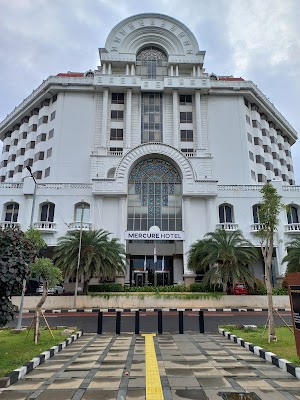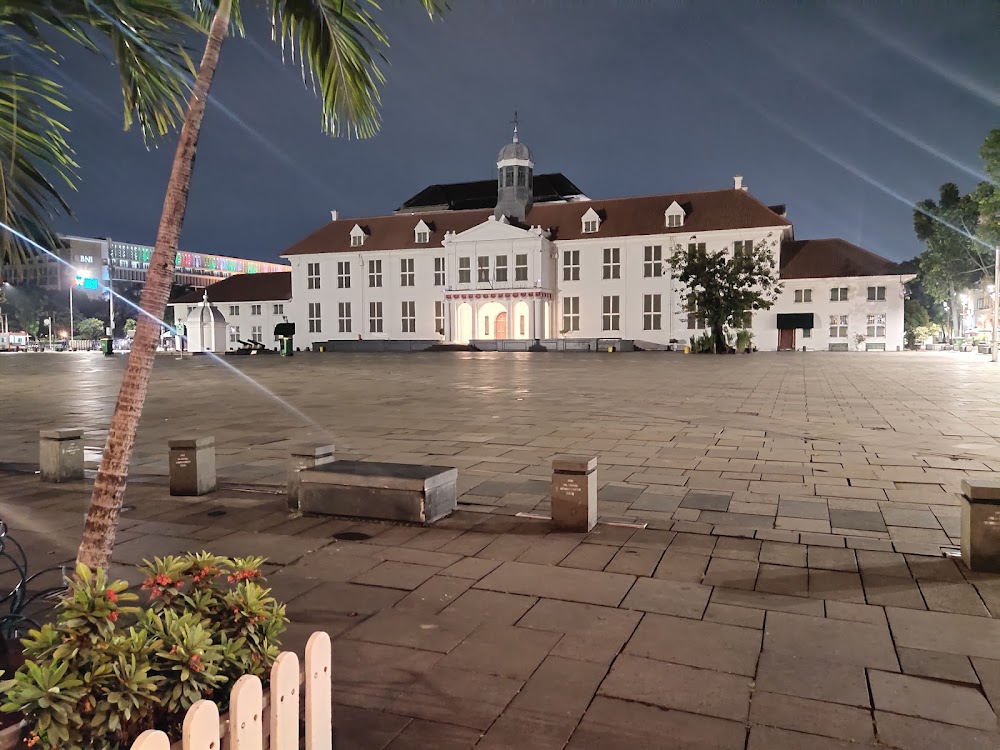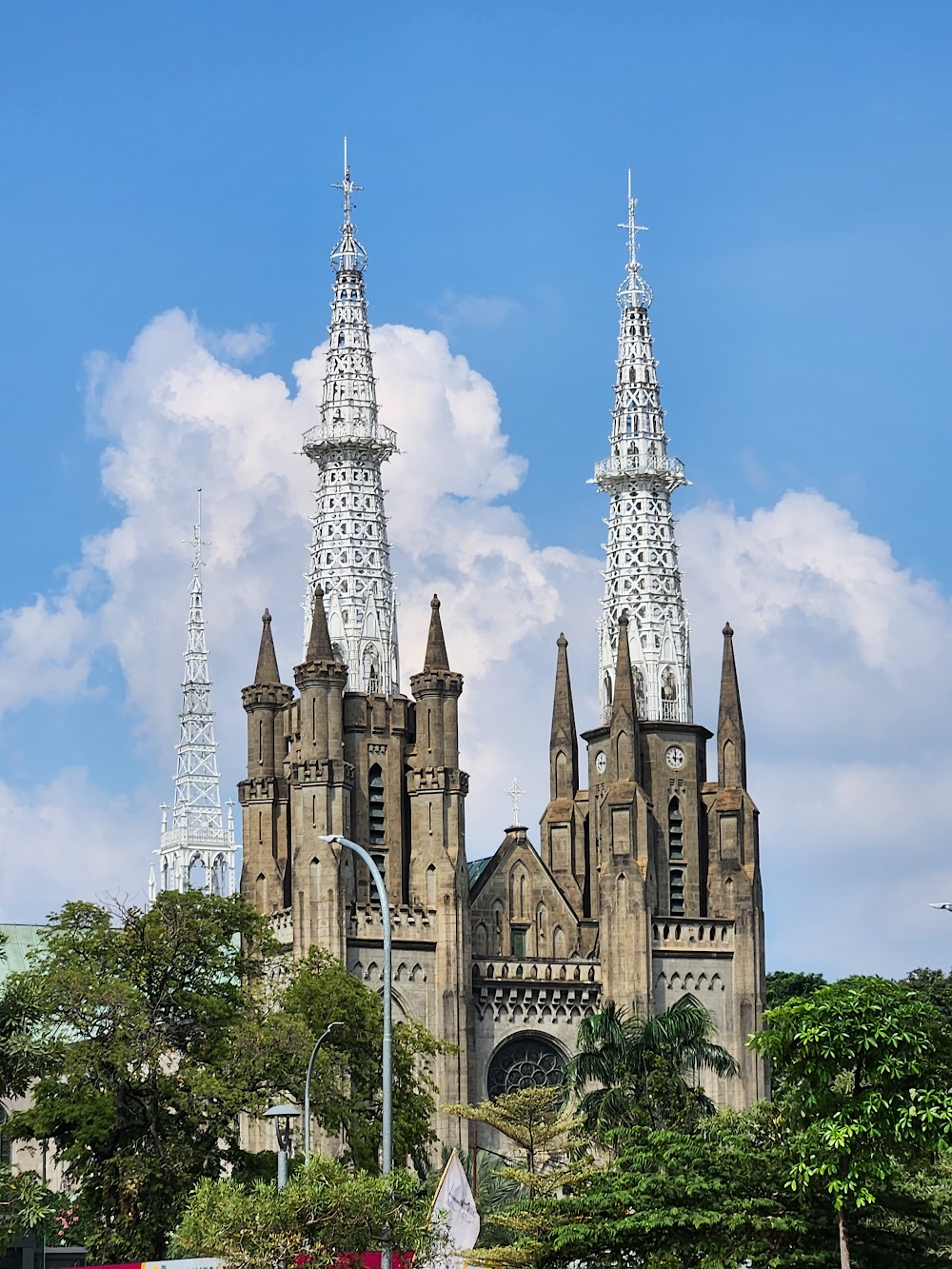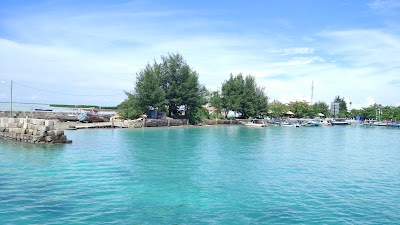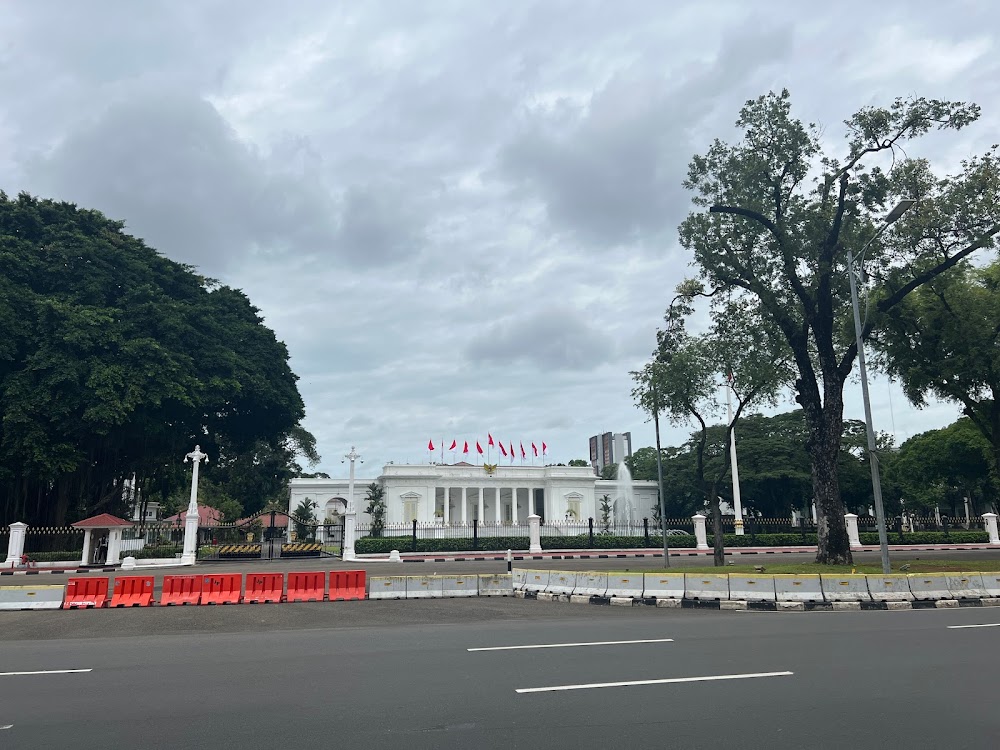Jakarta Old Town (Kota Tua Jakarta)
Overview
Jakarta Old Town, locally known as Kota Tua, is a historical gem nestled in the vibrant capital city of Indonesia, DKI Jakarta. This area offers a fascinating blend of history, culture, and architectural wonders that transport visitors back to the colonial era of the 16th and 17th centuries. Spanning approximately 1.3 square kilometers, Jakarta Old Town is a must-visit destination for travelers eager to delve deep into Indonesia's rich past.
Originally named Batavia, Jakarta Old Town was the bustling hub of the Dutch East India Company's (VOC) trading empire in Southeast Asia. Established in the early 1600s, the Dutch transformed it into a vital center for commerce and administration. The remnants of this colonial history are still vividly present today, with well-preserved buildings, charming cobblestone streets, and picturesque canals. Each structure tells the story of a bygone era when Batavia was known as the "Queen of the East," a title earned due to its strategic importance and wealth.
One of the most iconic landmarks in Jakarta Old Town is Fatahillah Square, named after the national hero who played a crucial role in expelling the Portuguese from Sunda Kelapa (the former Jakarta). This vibrant open space is surrounded by significant colonial buildings, including the Jakarta History Museum, also known as the Fatahillah Museum. Housed in the former Stadhuis (City Hall), the museum showcases artifacts, paintings, and exhibits that trace Jakarta's long history from prehistoric times through the colonial period.
Adjacent to Fatahillah Square is the Wayang Museum, dedicated to the traditional Javanese craft of puppet-making. The museum features an extensive collection of wayang kulit (shadow puppets), wayang golek (wooden puppets), and wayang klitik (flat wooden puppets). These puppets carry deep cultural and historical significance, often used in performances that depict tales from ancient Hindu epics like the Ramayana and Mahabharata.
A short walk from the square leads you to the Jakarta Kota Train Station, another testament to the city's colonial architecture. Built in the 1920s, this Art Deco-style station remains operational, connecting Jakarta Old Town to other parts of the city and its outskirts. With its clean lines and geometric patterns, the station showcases a harmonious blend of local and European design elements.
No visit to Jakarta Old Town is complete without exploring the Maritime Museum, located in a series of 17th-century Dutch warehouses once used by the VOC for spice storage. This museum offers fascinating insights into Indonesia's maritime history, spotlighting the archipelago's rich seafaring traditions, from the age of sailboats and trade routes to modern naval developments.
For a more leisurely experience, visitors can stroll along the Kali Besar canal, lined with historical buildings and modern cafes. Once a crucial part of Batavia’s infrastructure for transporting goods and people, this scenic waterway now serves as a picturesque reminder of Jakarta's colonial past, providing a tranquil atmosphere for tourists to unwind.
Food enthusiasts will also find themselves in paradise in Jakarta Old Town, renowned for its delicious street food and traditional Indonesian cuisine. From the savory delights of kerak telor, a traditional Betawi omelette made from glutinous rice and egg, to the sweet satisfaction of es krim potong (traditional ice cream bars), there's something to tantalize every palate.
The cultural significance of Jakarta Old Town extends beyond its architectural and historical allure. The area frequently hosts events, festivals, and performances that celebrate Indonesia's diverse cultural heritage. From traditional dance shows to music concerts and art exhibitions, these events add a vibrant contemporary layer to the historical backdrop of Kota Tua.
In summary, Jakarta Old Town offers a unique blend of history, culture, and modern attractions. Here, the past and present coexist harmoniously, providing a rich and immersive experience for those eager to explore Jakarta’s heritage. If you find yourself in Indonesia's bustling capital, be sure to set aside time to wander through the cobbled streets, admire the colonial-era architecture, and soak in the multifaceted charm of Kota Tua. This historical neighborhood promises to leave an indelible impression on all who visit.


